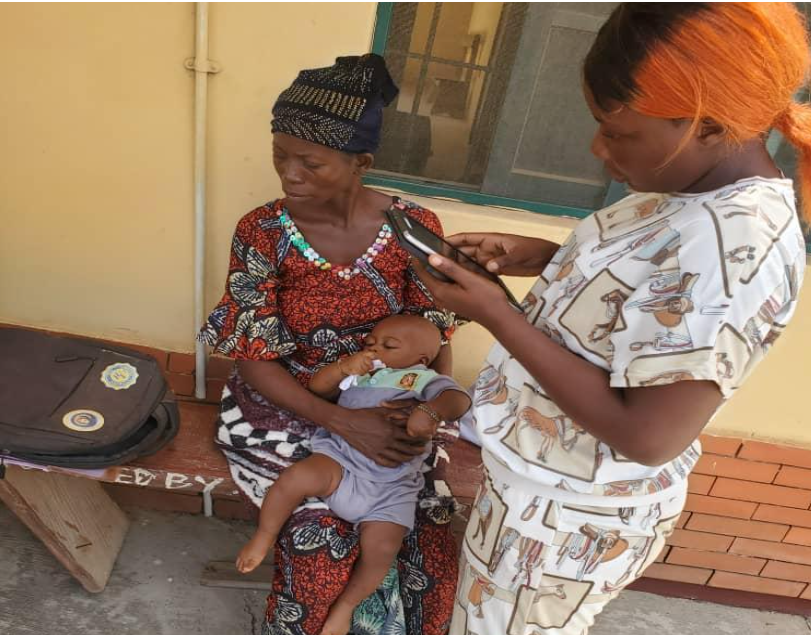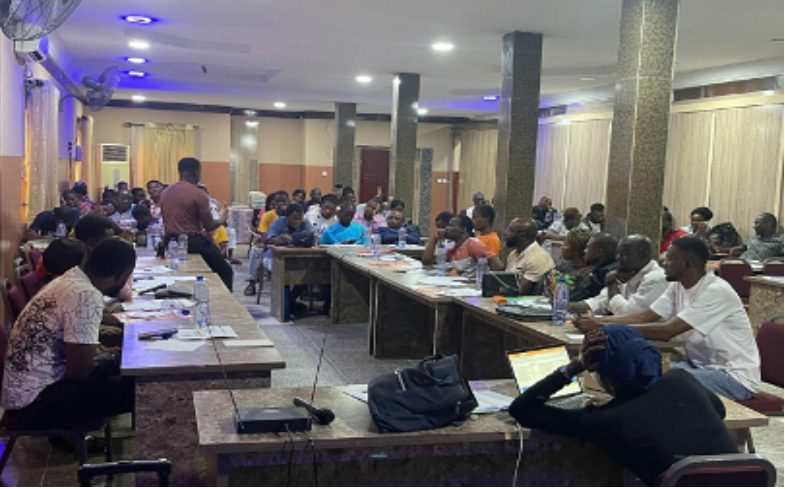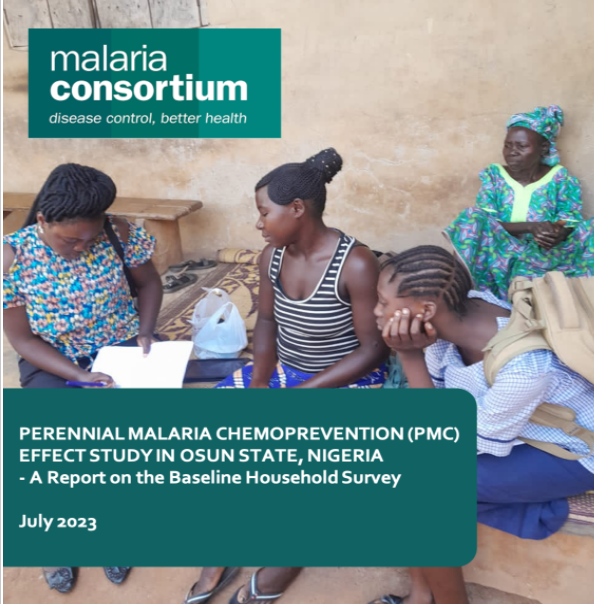Qualiquant conducted the Perennial Malaria Chemoprevention (PMC) Effect study; a collaborative effort between the Malaria Consortium and the National Health Agency, to investigate the impact of administering antimalarial medications to children at predetermined intervals to mitigate malaria burden. The study builds on intermittent preventive treatment of malaria in infants (IPTi), utilising sulfadoxine-pyrimethamine (SP) courses. SP has demonstrated safety, cost-effectiveness, and widespread acceptance among medical practitioners. However, implementing it on a large scale presents challenges.


The SMC study in Nigeria aims to evaluate PMC’s effectiveness and feasibility in non-SMC subregions. The baseline survey in Osun state covers children aged 2 to 18 months, assessing malaria and anaemia prevalence, vaccination rates, antimalarial treatments, insecticide-treated net (ITN) usage, caregiver knowledge, and socio-demographic metrics. It employs a two-stage sampling approach involving 80 clusters and 2,000 households with rigorous enumerator and supervisor training to ensure quality data. Data collection leverages SurveyCTO for real-time synchronisation and GPS tracking, with confidentiality agreements safeguarding respondent privacy. This systematic approach ensures the PMC Effect study contributes effectively to malaria prevention and control efforts.


The study was conducted in Osun state within eighty (80) clusters/communities (forty clusters each in the control and intervention arm) and these cuts across eight (8) Local Government Areas (LGAs). The selected LGAs for the household survey, along with the number of clusters allocated to each arm were as follows:
- Aiyedaade (7 clusters in the intervention arm and 4 clusters in the control arm),
- Atakunmosa West (6 clusters in the intervention arm and 5 clusters in the control arm),
- Ede South (6 clusters in the intervention arm and 4 clusters in the control arm),
- Egbedore (2 clusters in the intervention arm),
- Ife North (3 clusters in the intervention arm and 7 clusters in the control arm),
- Irewole (5 clusters in the intervention arm and 6 clusters in the control arm),
- Iwo (7 clusters in the intervention arm and 8 clusters in the control arm), and
- Obokun (4 clusters in the intervention arm and 6 clusters, in the control arm).

